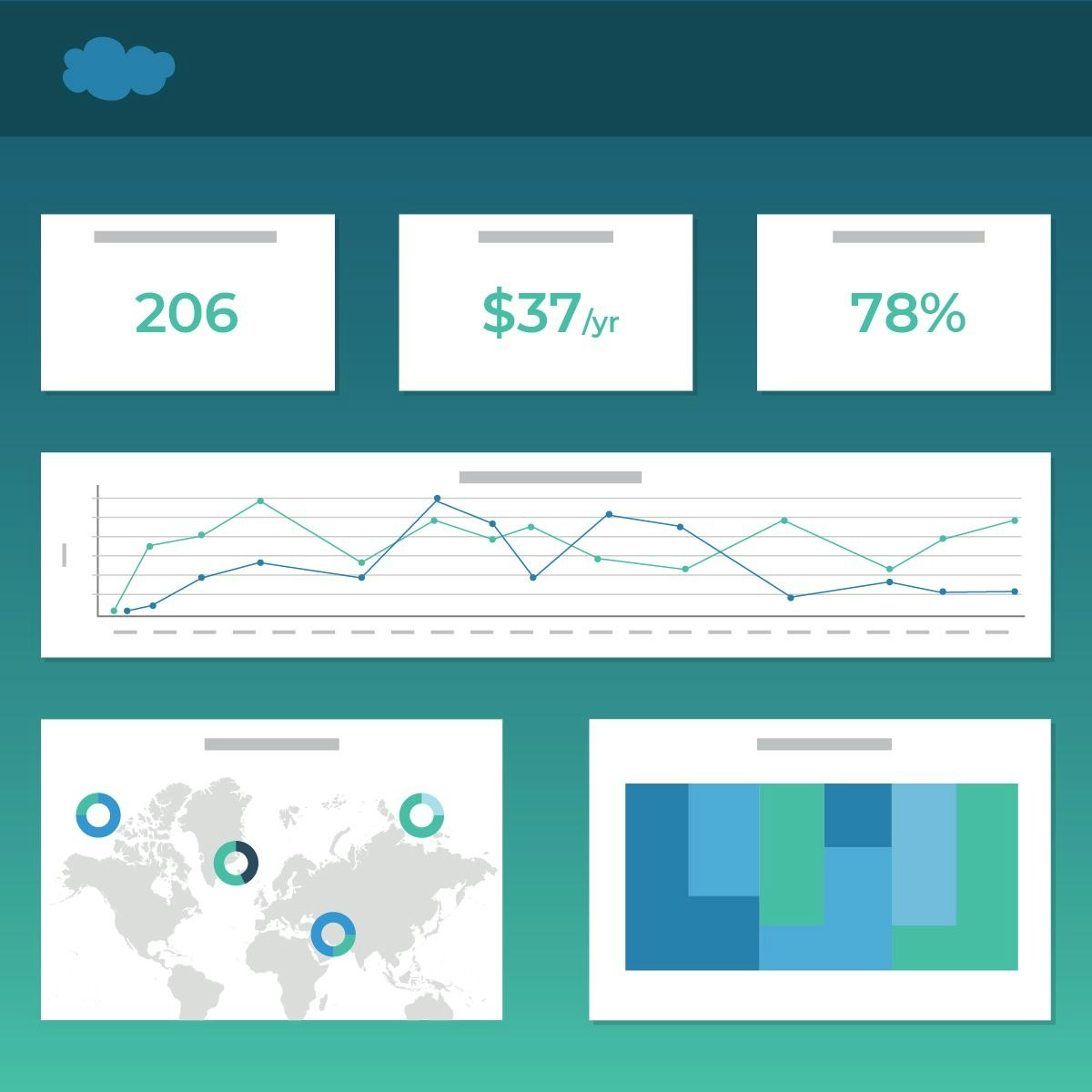Back to Courses









Cloud Computing Courses - Page 9
Showing results 81-90 of 930

Using Cloud Trace on Kubernetes Engine
This is a self-paced lab that takes place in the Google Cloud console. This lab deployings a Kubernetes Engine cluster, then a simple web application fronted by a load balancer is deployed to the cluster. The web app publishes messages provided by the user to a Cloud Pub/Sub topic. You will see the correlated telemetry data from HTTP requests to the app will be available in the Cloud Trace Console.

Programming with JavaScript
JavaScript is the programming language that powers the modern web. In this course, you will learn the basic concepts of web development with JavaScript. You will work with functions, objects, arrays, variables, data types, the HTML DOM, and much more. You will learn how to use JavaScript and discover interactive possibilities with modern JavaScript technologies. Finally, you will learn about the practice of testing code and how to write a unit test using Jest.

Visualize the 10,000 Bitcoin Pizza Transaction Using BigQuery and AI Notebooks
This is a self-paced lab that takes place in the Google Cloud console. In this lab you will use an AI Platform Notebook instance to retrieve as many transactions as possible from BigQuery within 2 degrees of separation from the pizza exchange, post-process the transactions to remove excess transaction, then visualize the directed graph.

Flutter Startup Namer
This is a self-paced lab that takes place in the Google Cloud console.
This lab walks you through writing your first Flutter app compatible for Android, iOS, and web.

Merging Results from Different Explores in Looker
This is a Google Cloud Self-Paced Lab. In this lab, you will merge results from different explores in Looker.

Implementing Canary Releases of TensorFlow Model Deployments with Kubernetes and Istio
This is a self-paced lab that takes place in the Google Cloud console. AutoML Vision helps developers with limited ML expertise train high quality image recognition models. In this hands-on lab, you will learn how to train a custom model to recognize different types of clouds (cumulus, cumulonimbus, etc.).

Analyzing Natality Data Using Vertex AI and BigQuery
This is a self-paced lab that takes place in the Google Cloud console. In this lab you analyze a large (137 million rows) natality dataset using Google BigQuery and Cloud Datalab. This lab is part of a series of labs on processing scientific data.

Salesforce Reporting
Salesforce Reporting focuses on how the micro-level changes in Salesforce affect the macro level of the user experience. In this course, you will focus on creating custom objects, field dependencies, and work flows to track accounts or services. It is also important that you maintain data clean for your organization and you will work with creating reports, managing data, and creating full reports and dashboards. Lastly, you will focus on your customer base with Salesforce Service Cloud to maintain engagement through your services. The course includes in-depth readings and practical application activities within Salesforce's Trailhead education platform, peer discussion opportunities, demonstration videos, and peer review assignments.

Google Cloud Speech API: Qwik Start
This is a self-paced lab that takes place in the Google Cloud console. The Google Cloud Speech API integrates speech recognition into dev apps; you can now send audio/receive a text transcription. Watch these short videos Powerful Speech Recognition Using Google Machine Learning and Google Cloud Speech: Qwik Start - Qwiklabs Preview

AWS Multi-Tier VPC Architecture
By the end of this Project, you will be able to understand how to create a Custom VPC and configure it based on your business needs and the detailed theory behind each tasks you are going to do inside this Project.
Popular Internships and Jobs by Categories
Find Jobs & Internships
Browse
© 2024 BoostGrad | All rights reserved